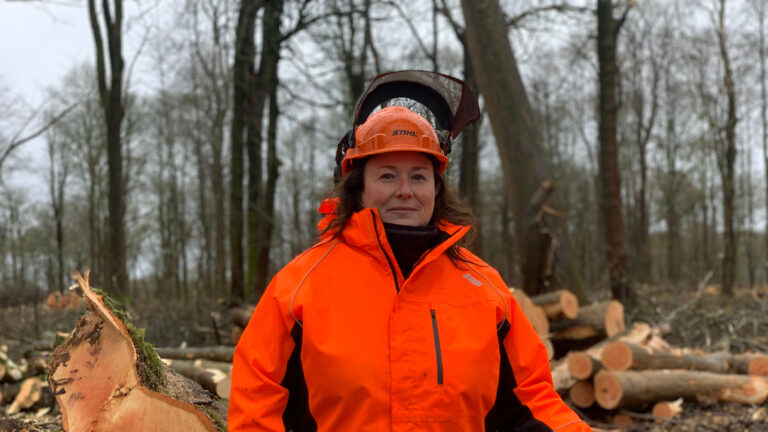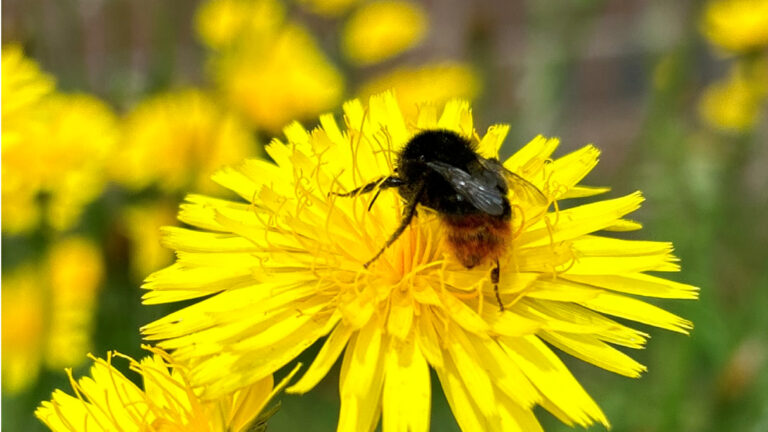Forest Stewardship Council (FSC) Forest Week takes place between 24 – 30 September and this year’s theme is ‘Choose Forests. Choose FSC.’ Previously known as FSC Friday, the campaign is designed to raise consumer awareness of sustainable forestry and responsible consumption. This year, FSC has expanded the length of the campaign to a week to help focus its content on broader forest sustainability issues.
To celebrate FCS Forest Week, Judith Peachey, Forestry Harvesting & Arboricultural Manager, explains Landmarc and DIO’s role in maintaining and protecting the woodlands on the UK Defence Training Estate.
IN BRIEF
- 24-30 September is Forest Stewardship Council (FSC) Forest Week and this year’s theme is ‘Choose Forests. Choose FSC.’ The campaign is designed to raise consumer awareness of sustainable forestry and responsible consumption.
- Landmarc is responsible for the sustainable management of approximately 20,000 hectares of woodland and forests and more than 22 million trees on the Defence Training Estate.
- The woodlands at Garelochhead Training Centre are certified by the UK Woodland Assurance Scheme (UKWAS), who praised the team for the successful clearance of rhododendron from Plantations on Ancient Woodland Sites (PAWS) during a recent audit.
FORESTRY AND HARVESTING ON THE DEFENCE TRAINING ESTATE
“The Defence Training Estate sits on a vast rural estate, comprising some of the most valuable habitats and landscapes in the UK. This includes 20,000 hectares of woodland and more than 22 million trees. These forests and woodlands provide vital training environments for our troops, homes for a wide range of wildlife and a source of key wood products.
“Working with Defence Infrastructure Organisation (DIO) foresters and Landmarc’s regional forestry teams, my primary objective is to provide a safe place for military training and create a woodland environment that troops can use to achieve their training objectives. However, we also have a strong focus on long term forestry management, biosecurity and plant health across the range of woodlands that we manage. With trees increasingly being seen as a method of helping to meet climate goals, the importance of forestry on the training estate is ever increasing.
THE EFFECTS OF CLIMATE CHANGE
“Climate change is one of the biggest threats to our forests. With more extreme weather, such as last winter’s storms, drought and wildfire, increasingly putting pressure on forests, our management plans are now heavily focused on protecting and future proofing our precious woodlands.
“Storm Arwen’s extreme winds at the end of 2021 caused a devastating loss of trees across several plantations on northern military training areas. The scale of work to clear windblown and fallen trees was considerable, covering an area of 6,000 hectares and more than 20,000 windblown trees.
“However, whilst the immediate impact of Storm Arwen was devastating, from a longer-term forestry perspective, it gave us an opportunity to re-structure the affected woodlands to make them more resilient; not only to climate change but also to pests and diseases, such as Ash Dieback, which are a real threat at present.
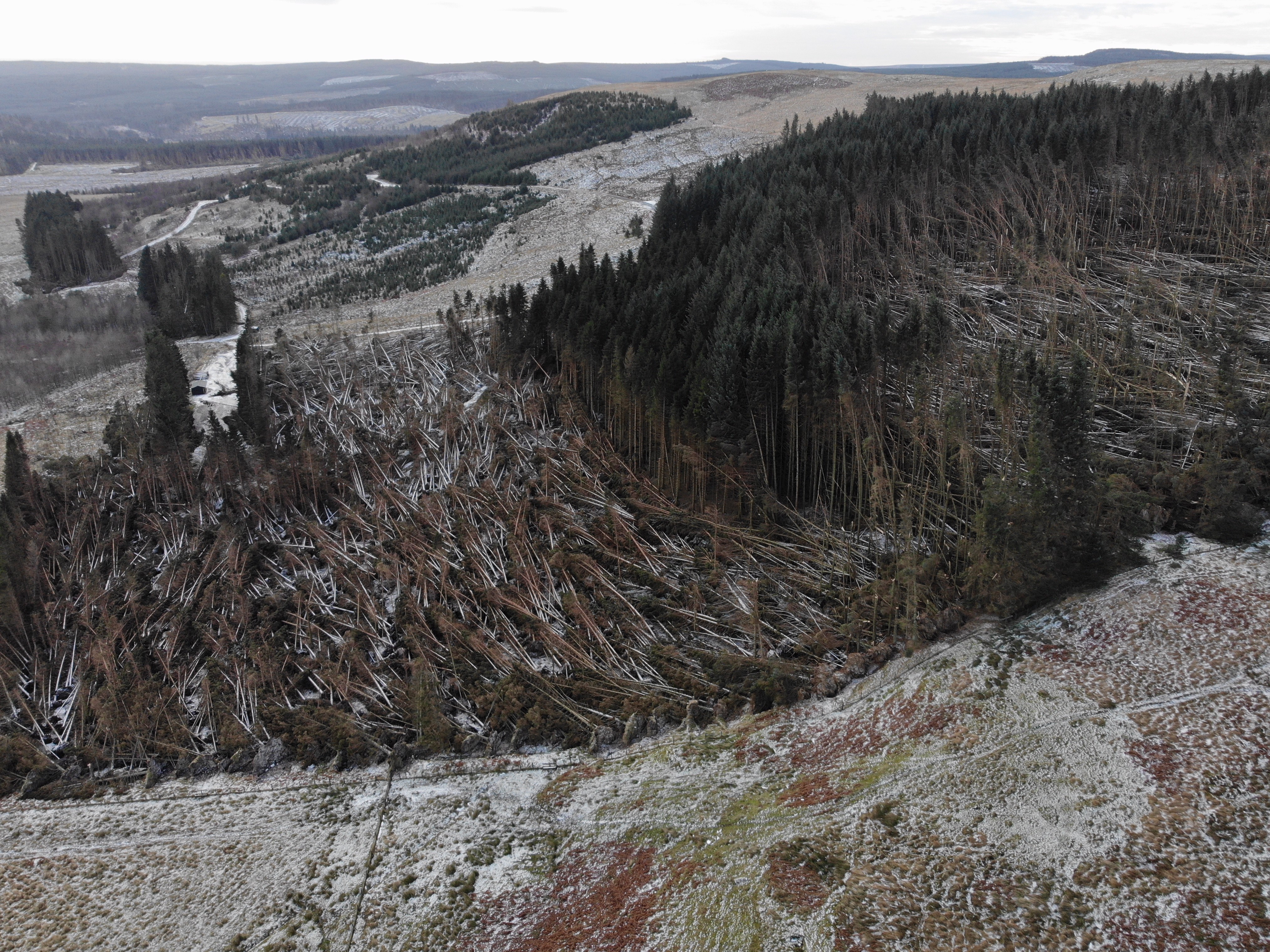
A drone view of the plantation at Carshope, Otterburn after Storm Arwen, which is on the northern boundary of the range.
CREATING MORE RESILIENT WOODLANDS
“The plantations that were worst affected were made up of the same species of tree and were all planted at the same time, which means events like Storm Arwen have a much greater impact. By using a wider mix of species during planting and including a larger number of more resilient species, with a higher percentage of native broadleaves, the threat posed by catastrophic weather events and other threats is lessened.
“This doesn’t just help with the threat of storms, but also events like wildfires. Planting broadleaves around the edge of plantations, along rides and in glades, can stop or slow down the spread of a wildfire, as these are much less combustible than conifers which contain more sap in the stems and branches and can burn very quickly.
“UK woodlands will always be at risk of pests and diseases, more so now due to climate change creating warmer temperatures, but again by planting a mix of species, Landmarc can reduce the risk of losing whole planted areas to infestation and infection.
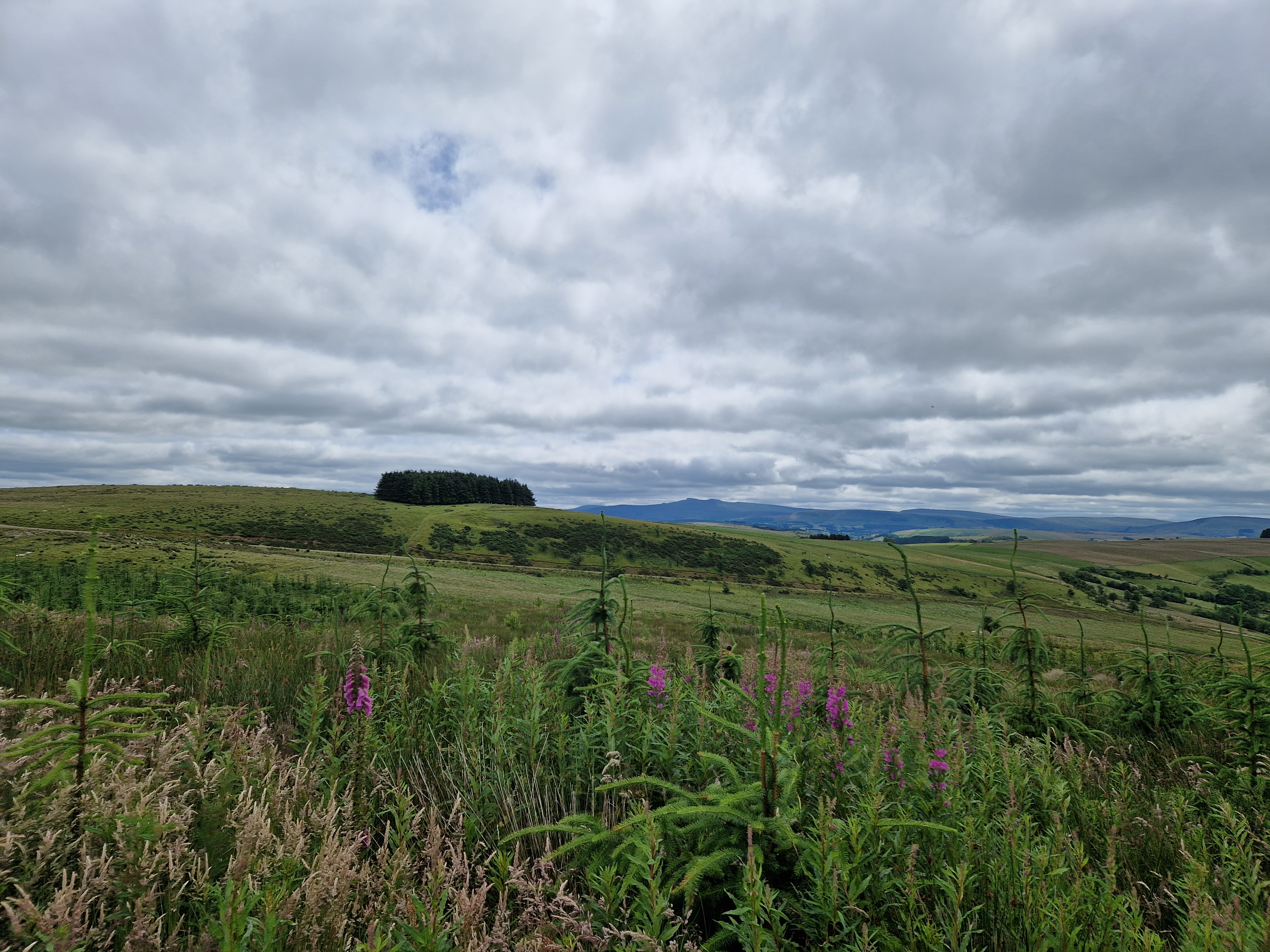
A replanting site in Sennybridge, Wales, where resilient species – such as native broadleaves have been used.
MEETING THE REQUIREMENTS OF THE UK WOODLAND ASSURANCE SCHEME
“As well as the stringent processes in place for creating more resilient woodlands within our Long Term Forest Plans, the woodlands at Garelochhead Training Area in Scotland have also been certificated under the UK Woodland Assurance Scheme (UKWAS). This was set up as a certification standard by the Government through its UK Forestry Standard (UKFS) to ensure woodlands and forests meet specific criteria to ensure sustainability of operations and correct practice. It also provides certification for forest products to prevent the use of material logged illegally through unlawful practices.
“We receive annual audits through this scheme, which typically involve the auditing team looking at our Long Term Forest Plan, which covers compliance, harvesting, management works, such as restocking success, species used, cultivation techniques, use of herbicides, plant health, general maintenance and deer management. They also review how we manage designated sites and protected species.
PROTECTING PLANTATIONS ON ANCIENT WOODLAND SITES
“One of the successes recently highlighted by the audit team was the clearance of invasive rhododendron across Plantations on Ancient Woodland Sites (PAWS). Thick rhododendron cloaks large areas of the lower slopes of the site and is now causing issues for access, conservation and biodiversity. In order to comply with UKFS and promote better forestry practices, we have cleared a total of 25 hectares of rhododendron since 2018 through an annual cutting programme, racking arisings and spraying off cut stumps with a top-up spray of the regrowth in the following year.
“Whilst this has been a difficult task, the work has been successful and the quality has been high and well managed by Scotland’s Rural Estate Delivery Advisor, Kelvin Lang.
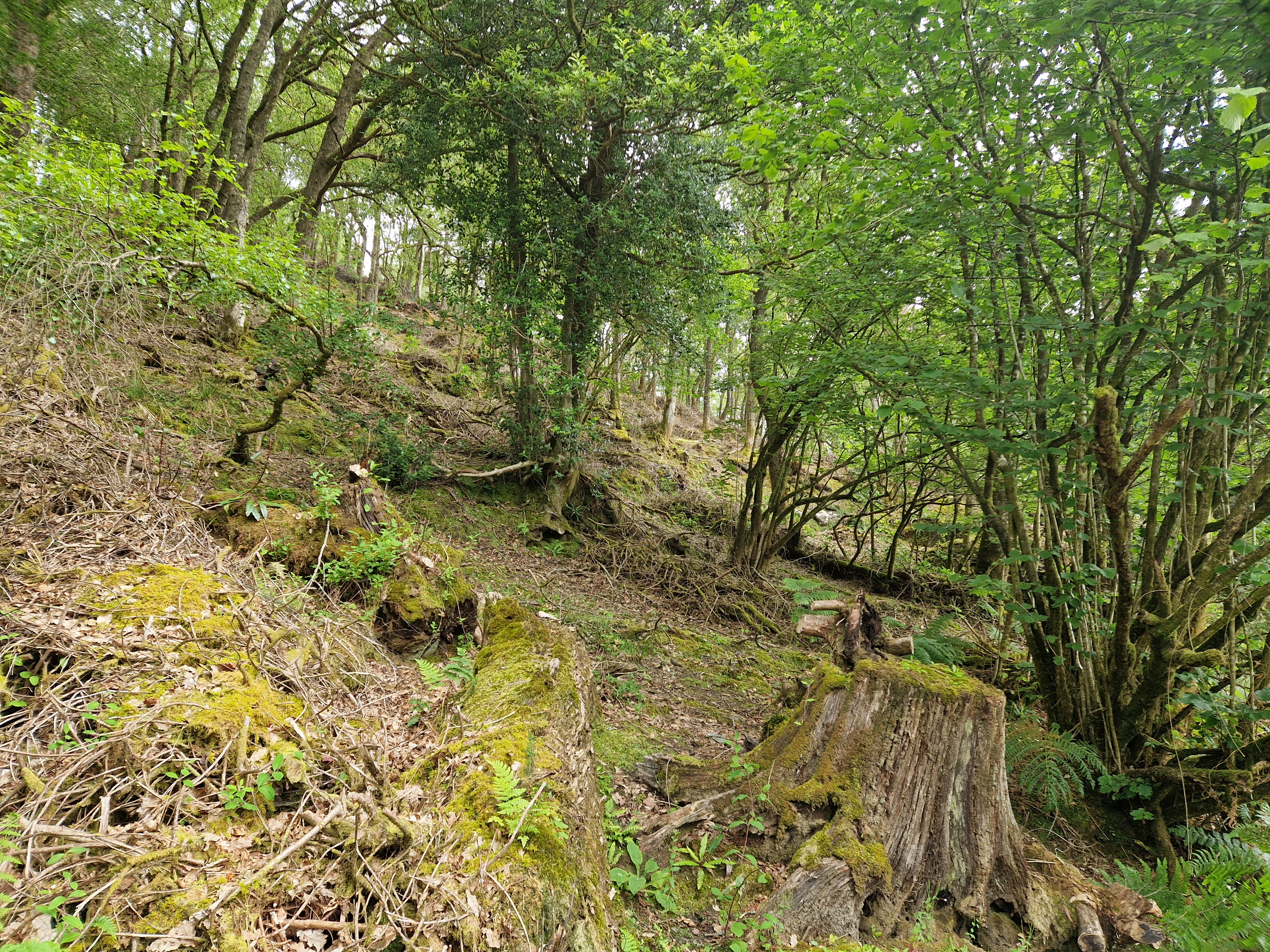
Invasive rhododendron across Plantations on Ancient Woodland Sites (PAWS) have been cleared at Garelochhead Training Area at Scotland.
PASSIONATE ABOUT PLAYING OUR PART
“Maintaining this wide variety of landscapes and terrains on the Defence Training Estate is essential for the preservation of UK woodland, as well as for effective military training.
“We are therefore all passionate about playing our part to ensure the forests are here and enjoyed for decades to come. After all, healthy forests mean healthy, resilient communities and prosperous economies for everyone.”


